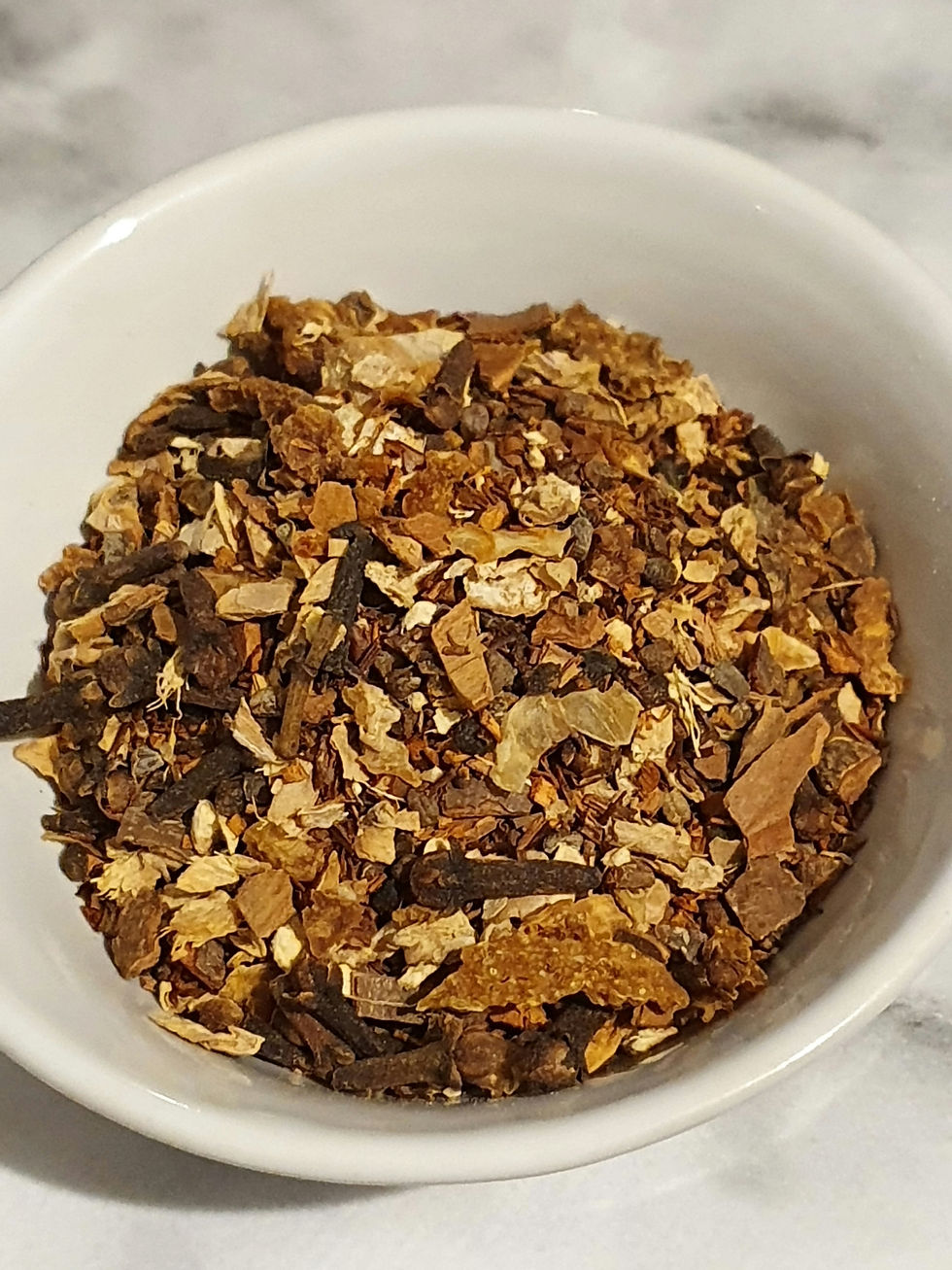Rooibos and Honeybush Teas
Honeybush, or Cyclopia spp., is a shrub that grows in the Eastern and Western Cape regions of South Africa.
It’s closely related to rooibos, as both plants belong to the Fabaceae family. There are about 23 different Cyclopia species. Honeybush tea is made primarily from Cyclopia intermedia. This woody plant can grow up to 10 feet (3 meters) high. It has pale yellow flowers with a characteristic sweet, honey-like scent and taste, which is where the tea gets its name from. That said, honeybush tea isn’t just another sweet-tasting tea. It’s also caffeine-free, nutritious, and contains very small amounts of a variety of minerals, including calcium, iron, and zinc, as well as beneficial plant compounds that have antioxidant activity. You may enjoy a warm cup of this tea as part of your night-time routine, or pour it into an ice-filled glass to make iced tea.
Rooibos loose leaf tea is also known as red tea or red bush tea. It is made using leaves from a shrub called Aspalathus linearis, usually grown on the western coast of South Africa. Rooibos is a herbal tea and is not related to green or black tea. Traditional rooibos loose leaf tea is created by fermenting the leaves, which turns them a red-brown colour.
Green rooibos, which is not fermented, is also available. It tends to be more expensive and grassier in flavour than the traditional version of the tea, while also boasting more antioxidants. Rooibos tea is usually consumed like black tea. Some people add milk and sugar — and rooibos iced tea, espressos, lattes and cappuccinos have also taken off.







